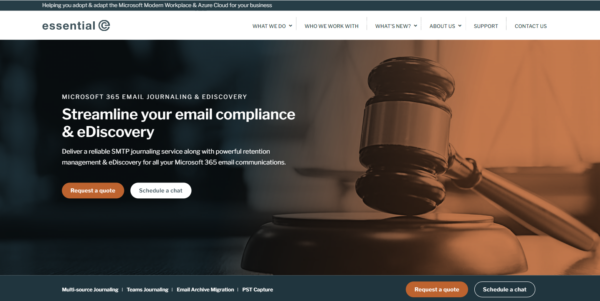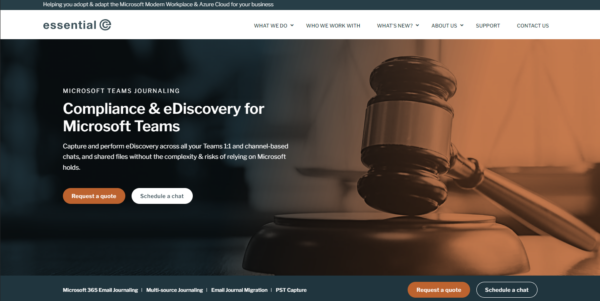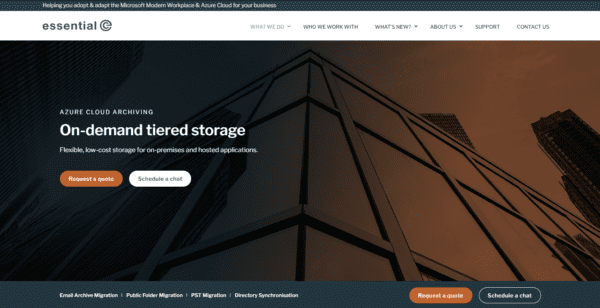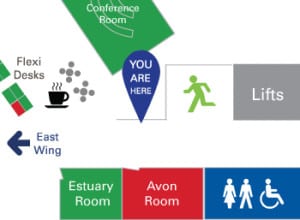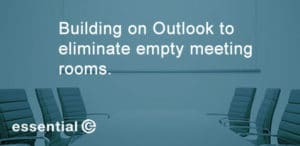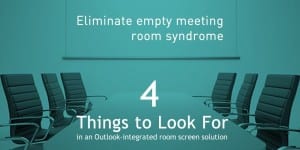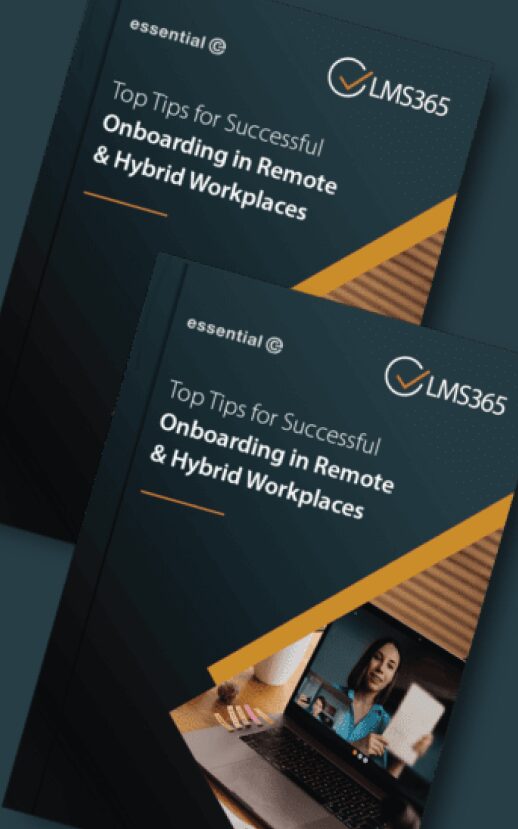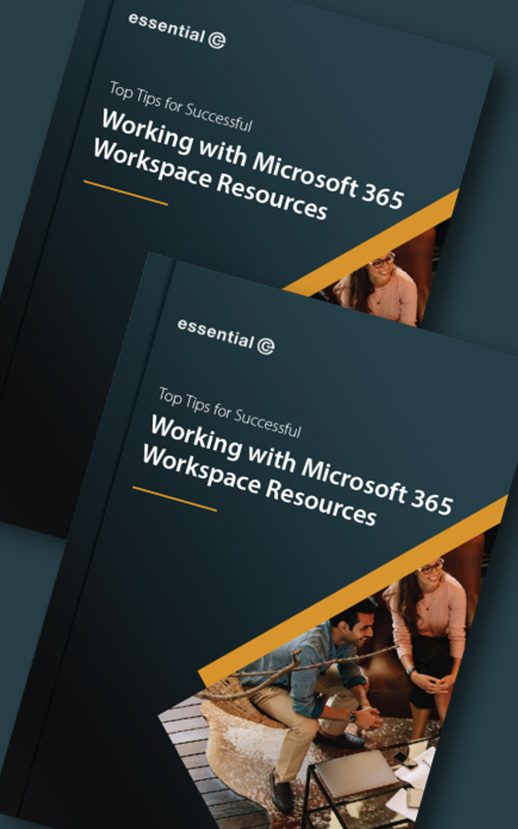Desk bookingWorkspace management
How to Take the Heat out of the Transition to Hot-desking
This article was written pre-Covid-19 – check out our more recent article on this subject here: How Covid-19 has Eased the Introduction of Desk Management for Organisations
For those of us who’ve spent half our lives behind a dedicated desk, or in a private office, having a workplace with no seating assignments (and fewer workstations than employees) probably sounds like a recipe for chaos. Where on earth would we store our potted plants and emergency chocolate in this adult version of musical chairs? Would we have to participate in some sort of land-grab every morning just to secure a spot for the day?
While it’s certainly a break from tradition (and not everyone’s cup of tea), hot-desking is becoming an increasingly popular modern workplace solution. Far from the outlandish arrangement it may seem, the flexibility it offers can make for a very civilised and productive work environment – not to mention saving businesses as much as 30% on their overheads!
Getting hot-desking right isn’t always smooth sailing, though – and not just because of logistical complexities. Our Essential meeting room and desk booking system makes the organisational side of hot-desking relatively easy (and extends to meeting-room booking, visitor check-ins and “hot-parking” solutions, too). In our experience, the real challenge comes not from technology, but from the human side of the equation: the emotive and practical issues that come into play.
Making change easier
Encouraging employees to adopt a hot-desk environment isn’t always the easiest thing to do. As it turns out, giving a person a dedicated desk and then taking it away doesn’t have a great effect on morale.
Us humans are creatures of habit and breaking out of our routines and comfort zones is a tough sell. Oddly enough, in the case of hot-desking, we’ve found the bigger the change, the more easily it’s accepted.
The most successful hot-desk transitions we’ve seen have been part of a bigger change…..
The most successful hot-desk transitions we’ve seen have all been done as part of a bigger change: a relocation, a renovation, a consolidation – even a migration to Office 365.
It seems that by introducing broader changes, and communicating the benefits clearly, people feel less like they’re losing what was “theirs” and tend to be more open to new concepts. These include flexible working opportunities, use of collaboration technology to minimise travel for meetings, the option to work at a nearer office location, and so on.
Forming new habits
Even if employees are 100% on board with desk-sharing, there are still a few new habits they’re going to need to form for the system to work. Just remembering to book a desk and release it back into the pool when they’re done for the day can take a bit of getting-used-to.
In this, structured change management frameworks like the Prosci ADKAR Model can be extremely useful. ADKAR focusses on getting employees to understand and support the reasons behind the change, thereby encouraging enthusiastic, sustained participation rather than reluctant adoption of new behaviours. This can make all the difference in a hot-desking environment, which takes time and repetition to become second nature.
The right technology can make forming new habits dramatically easier for everyone involved…
The right technology for driving change and forming new habits can make life dramatically easier for everyone involved – particularly if it integrates with tools and processes that are already part of the normal workflow (like Outlook and Teams).
Planning for success
Implementing the right rules for your desk-booking system, in the right way, is just as important as choosing the right system to begin with.
These are a few of the things we’d suggest thinking about and discussing with your solution provider in advance. (Fair warning: this is by no means an exhaustive list – every office has different challenges and unique idiosyncrasies to consider.)
- Will employees be allowed to book desks in advance, or only within specific time windows e.g. 24 hours ahead?
- Will certain departments or senior staff require priority booking, or first right of refusal, before releasing specific desks into the pool?
- What happens if an employee leaves early or doesn’t arrive for work? (Consider check-in and check-out procedures or automated free/busy indicators on desks.)
- Will your desks be booked by location, or available on a first-come, first-served basis to the employees who have reserved a slot for the day?
- How will you find specific employees in-office if they don’t always sit in the same spot? (Do you need a live mapping of seating arrangements?)
- How will you arrange fixed infrastructure like desk phones or computer hardware? (Well-designed login procedures make it easier to move between workstations without losing functionality.)
The Essential Solution
Check out our adoption and change management and workplace booking solutions designed specifically for Office 365 enterprises.
You still need a good game plan to define the processes and outcomes you require, but they are a great foundation for enabling change in a way that leverages your investment in end user skills and IT infrastructure.



